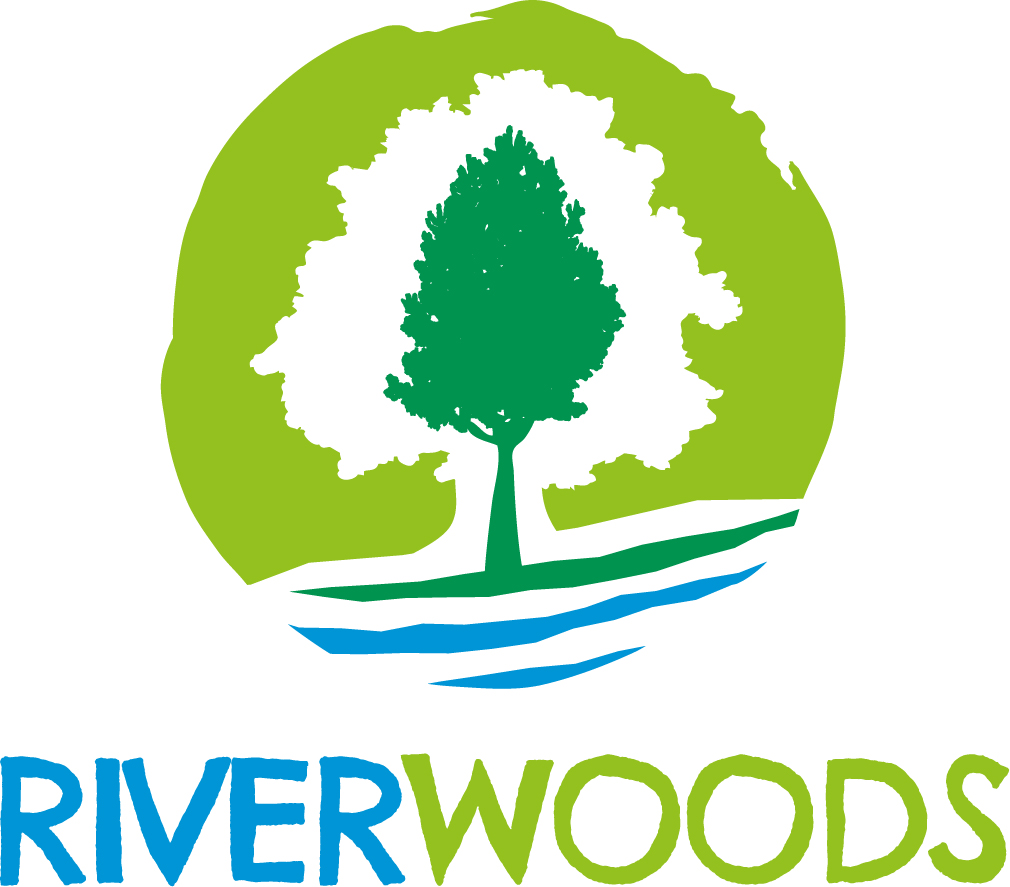Mapping resource – Riverwoods targeting tool
This Riverwoods targeting tool helps you target where to focus river woodlands to achieve different benefits and avoid certain areas which may be sensitive to creating river woodlands such as peatlands and areas with breeding waders.
It enables the user to target river woodlands to areas which deliver the benefits they are most interested in. This could be in conjunction with a stakeholder workshop, using the tool to identify which of the benefits currently included in the tool are of value to them. The user can set a relative weight for how key that benefit is to their decision about targeting river woodland in the catchment, and then produce a map of target areas based on their selection. For example, if the stakeholders were only interested in shade for wild fish, then they would only select that layer and effectively only Marine Scotland’s information on targeting shade for wild fish would be used. However, if the stakeholders wanted to take account of enhancing pollinators, targeting to areas where there are water quality issues and areas with poor quality riparian vegetation then they would include these layers in their selection of layers and decide how important that information is to the final decision by using the weighting sliders. A map is then produced highlighting potential reaches to target river woodland restoration shaded to represent which would be most suitable to least suitable, based on their selection. The user can also set a limit or threshold for an area of land or proportion of the area, for example there may be funding limitations, and the tool will highlight which areas are within that threshold in blue.
This is a Beta version of tool. Note that not all river wood benefits are included in this version of the tool, and some may only reflect certain elements, for example water quality only currently focuses on nitrogen, and pollinators is only based on information for bumble bees. Therefore it is important to read the information about each layer so that you understand what the map is showing in terms of targeting. If feedback from users about the mapping tool’s value to their decisions is favourable then it is likely that information in the tool will be improved and added to cover a wider range of benefits over time.
Two levels of data analysis can be selected: Standard and advanced, depending on the level of interest and final use of the results.
- In the standard level the data are analysed using only the linear weighted combination method and results cannot be saved to disk.
- In the advanced level, three methods can be used to obtain the results. The advanced user option allows you to save the results to compare the three methods and to perform sensitivity analysis. For full features see the help and the user manual.
To start the analysis first either check the box (for advanced user) or leave blank (standard user), then select Let’s select the project.
Note that this is a beta resource developed by the James Hutton Institute which is currently being tested. Feedback or advice on the tool’s use is available from Alessandro Gimona at James Hutton Institute (JHI).
Link to tool: http://abshy02.hutton.ac.uk/RiparianWoodlands/
Link to Story Map: https://arcg.is/0Pj559
